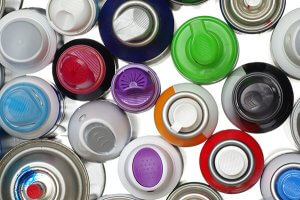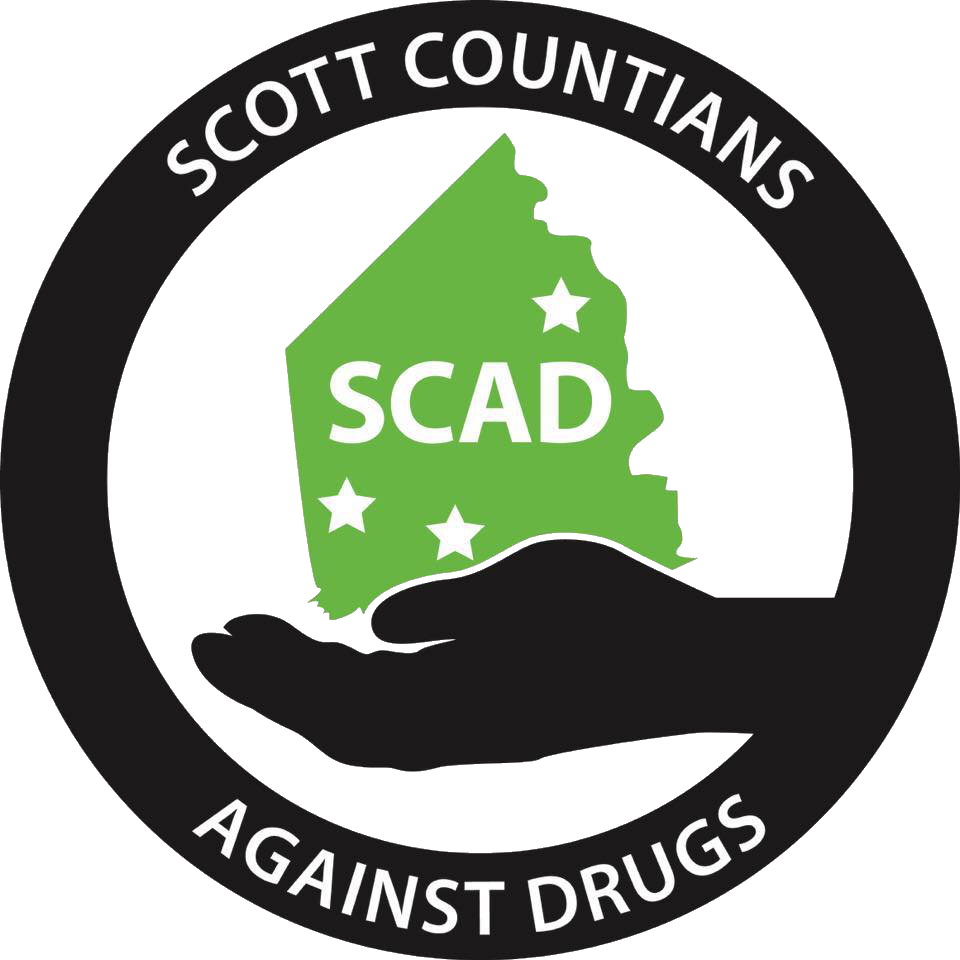with paraphernalia, such as a rag that is soaked in the inhalant – in order to achieve a high.
Inhalant abuse is sometimes referred to as “the forgotten drug epidemic,” because millions of Americans have abused
these substances at some point in their lives; however, the consequences of this kind of drug abuse are not reported as
widely as the consequences of other drugs like cocaine or prescription painkillers.
The term inhalants covers a range of dangerous and addictive substances, from nitrous oxide to hairspray. Some inhalants are drugs
with other medical uses, but many are legal household substances with intoxicating chemicals that can be abused for a temporary
high. These chemicals are extremely dangerous and can even be deadly. Inhalants include:
- Volatile solvents
: chemicals that become vapor or gas at room temperature, including glue, lighter fluid, felt-tip markers, paint thinners,
or dry-cleaning fluids - Aerosols
: spray deodorants, insect repellent, hair spray, or cooking oil sprays - Gases
: most typically nitrous oxide, which can be obtained through dental supply stores or via empty whipped cream canisters,
but also includes propane tanks, lighters, and refrigerator canisters - Nitrites
: isoamyl nitrite, isobutyl nitrite, or cyclohexyl nitrite, typically used for medical procedures or to treat chest
pains
How Are Inhalants Abused?
 Inhalant abuse is often referred to as
Inhalant abuse is often referred to as
huffing, because inhalants are breathed into the lungs either by spraying them into the nose, or by soaking a piece of
cloth and holding the cloth up to the face. Other
methods for abusing inhalants include:
- Sniffing or
snorting, in which fumes are inhaled directly from the container - Bagging, in which the inhalant is soaked into a bag, then the fumes are inhaled
- Spraying, typically for aerosols, in which the inhalant is sprayed directly into the nose or mouth
- Inhaling, which involves putting the inhalant into a balloon, then inhaling the substance through the mouth out of
the balloon
The euphoric “high” from inhalants typically lasts 15-30 minutes.
Who Abuses Inhalants?
According to
a 2011 study, about 9 percent of the US population has used, abused, or become addicted to inhalants at some point
in their lives – that is about 22.5 million people in the United States. Because many of these substances are legal
household items, the most at-risk group for inhalant abuse and addiction is adolescents, under the age of 18.
In one survey of people who had used inhalants for the first time in the prior 12 months, around 68 percent of these
new users were under the age of 18. In another survey, 58 percent of people who abused inhalants started doing so by
the end of 9
th grade.
A third study found that around 20 percent of middle and high school students had abused inhalants at some point.
The mean age of first inhalant use or abuse is 13 years old in the US, with white and Hispanic children more likely
to struggle with abuse and addiction problems involving inhalants than other socioeconomic groups.
Inhalant abuse most often begins before tobacco, alcohol, marijuana, or other substance abuse.
Another group at risk for becoming addicted to inhalants – especially nitrous oxide – are
dentists and dental hygienists. Although substance abuse and addiction risks are based on a variety of genetic,
environmental, and psychological factors that are still being studied, those who work in the dental field and have this
combination of substance abuse risk factors are more likely to struggle with addiction to nitrous oxide, because of
access to this drug. Nitrous oxide is used in dental applications as a sedative for oral surgery, such as during wisdom
teeth removal surgery. According to a study from the ADA Dentist Health and Awareness Committee, around 5 percent of
dentists with substance abuse issues abuse nitrous oxide.
Recreational Use of Inhalants
There is no medical reason, such as a prescription, that could lead to addiction to or abuse of inhalants. Nitrous oxide
is used specifically as a sedative for surgical reasons, so it is extremely unlikely to be prescribed the substance
outside of one-time use for surgery. Other inhalants, such as hairspray, lighter fluid, and other household items, are
obviously only abused for recreational purposes, as there is no legitimate reason to inhale these substances.
Intoxication lasts up to 30 minutes for most inhalants, so people who abuse these substances often inhale several times over several
hours in order to prolong this high. Inhalants are typically
“highly lipid soluble,” meaning that they can easily pass through the alveoli in the lungs and into the bloodstream,
then through the blood into the brain. It is unusual for drugs to so easily pass through the blood-brain barrier, so
very high levels of inhalants can gather in the brain rapidly.
Because many of these substances are toxic and should
not be used in the human body, these individuals are at a great risk of severe physical damage and death. At the least,
a session of inhalant abuse can lead to extreme drowsiness for hours or perhaps a day, along with a lingering headache
Signs of Inhalant Abuse
Most inhalants are central nervous system depressants, or CNS depressants, so signs of an inhalant “high” are similar to alcohol or opioid intoxication. However, nitrites are stimulants, and can cause hallucinations or excitement similar to signs seen with cocaine intoxication.
Typical signs of inhalant abuse include:
- Paint or chemical smell on clothing, skin, or breath
- Stains from paints, solvents, or other chemicals on the hands or face
- Slurred speech
- Acting drunk or disoriented
- Loss of inhibition or motor coordination
- Exhausted or fatigued for several hours without cause
- Lightheadedness
- Drowsiness or nodding off during conversation
- Wheezing
- Nausea or vomiting
- “Glue sniffer’s rash,” found around the nose or mouth
- Hiding paraphernalia like used rags, tissues, bags, and empty cans
Withdrawal from Inhalants
Like any other addictive substance, inhalants can lead to withdrawal symptoms if a person stops abusing them after periods of chronic use. These symptoms include:
- Rapid pulse
- Panic, anxiety, and mood swings
- Sweating
- Shaking or tremors
- Nausea or vomiting
- Physical and emotional agitation
- Hallucinations
- Grand mal seizures (falling down, convulsions, loss of consciousness, loss of bowel and bladder control)Dangers of Abusing Inhalants
The biggest danger of using or abusing inhalants is death. Sniffing or huffing toxic chemicals like glue or paint thinners can lead to death the first time the chemical is used, or the individual can die from complications years later. People who abuse inhalants can suffer heart failure due to tissue death or overstimulation of the muscle, or they can suffocate because inhalants are absorbed in the lungs faster than oxygen and end up displacing oxygen. Sudden heart failure due to inhalant abuse is known as sudden sniffing death syndrome, and it can occur with first-time use.
Once inhalants have built up in the brain, breathing, heart function, and other vital bodily functions can cease, leading to coma or death. Brain damage from the buildup of toxic substances can severely reduce quality of life and lead to early death as well.
Short-term dangers of inhalant abuse include:
- Emotional changes, such as aggression, belligerence, apathy, depression, or irritability
- Delirium
- Impaired judgment or function in social groups
- Lethargy
- Muscle weakness
- Stupor
Long-term effects of inhalant abuse can include:
- Vision or hearing loss
- Heart problems including fluid buildup, heart rhythm changes, or irregular heartbeat
- Brain damage
- Kidney or liver damage and failure
- Oxygen depletion, and inability to reabsorb oxygen
- Bone marrow damage
Because many people begin abusing inhalants at a young age, people struggling with inhalant addiction are more likely to drop out of school compared to those who do not abuse inhalants. Many children and teenagers who begin to abuse inhalants are also likely to try or become addicted to other drugs later in life, like tobacco, alcohol, marijuana, cocaine, and opioid drugs.
Comprehensive Treatment
 Although there are few centers in the United States that
Although there are few centers in the United States that
specialize in treating inhalant abuse or addiction, most addiction treatment programs can address inhalant abuse and
addiction issues. Inpatient rehabilitation can be ideal for people who suffer from inhalant addiction, since medical help
for withdrawal symptoms is available, along with individual and group therapy.One of the long-term effects of inhalant abuse includes psychosis. This can be triggered in people who already have a psychological
or genetic inclination toward developing psychiatric problems. It’s important that any chosen treatment program is equipped
to treat this mental health condition, as well as any co-occurring medical or mental health issues that may be present in
the individual seeking care. The program should have a supervising physician on staff to prescribe medications as needed.Other side effects of long-term addiction to or abuse of inhalants include seizures, muscle weakness, and chronic pain.
These issues can be treated with mild pain relievers, or
carbamazepine, an anti-seizure medication.While medications can be useful in treatment, they should be used alongside talk therapy and other complementary therapies,
ensuring comprehensive treatment for the person in need.
Therapy can help the individual discover underlying psychological reasons for the addictive behaviors, and learn new
methods for dealing with life stresses, as well as future cravings for inhalants or other drugs.Inhalant abuse is a serious but unreported problem in the US that particularly affects children and teenagers. Because of the toxic dangers of many inhalants,
it is important for people who struggle with abuse of these substances to seek help as soon as possible. Parents can keep
an eye out for signs of inhalant abuse in their children, so they can seek professional help as soon as possible if needed.

